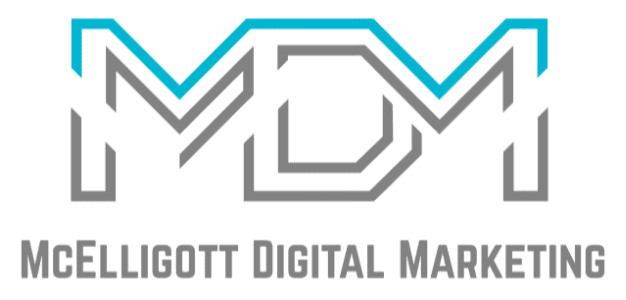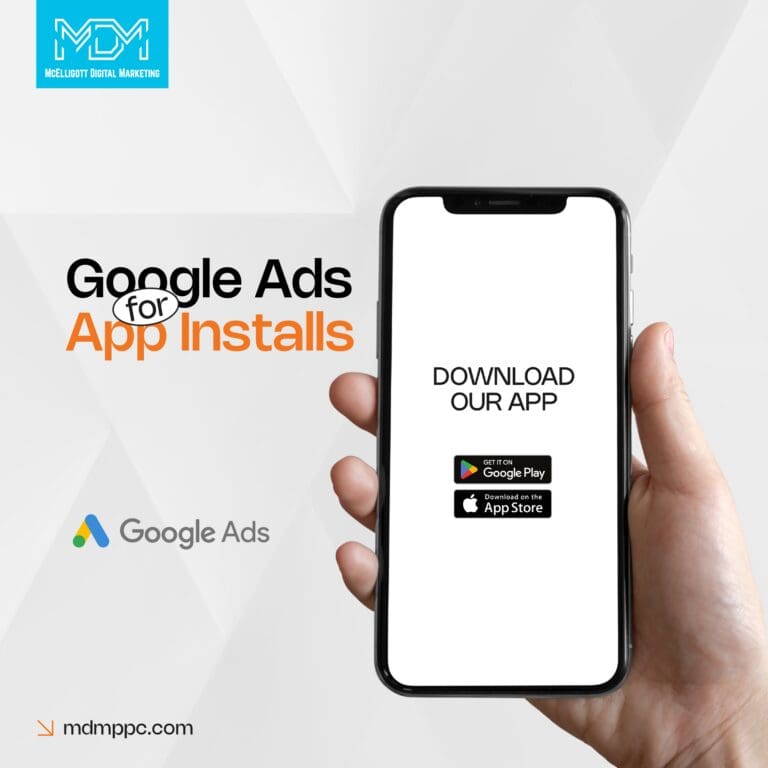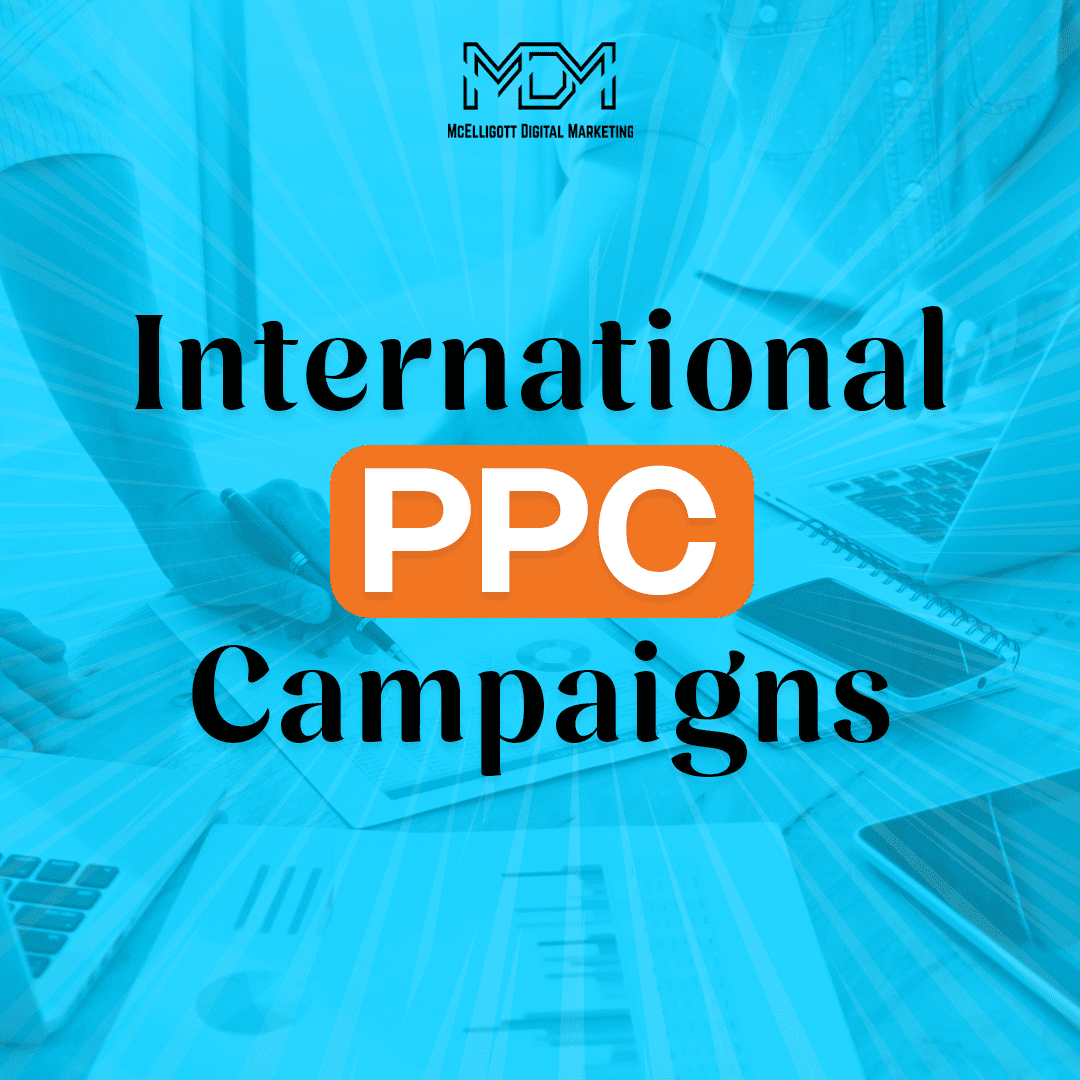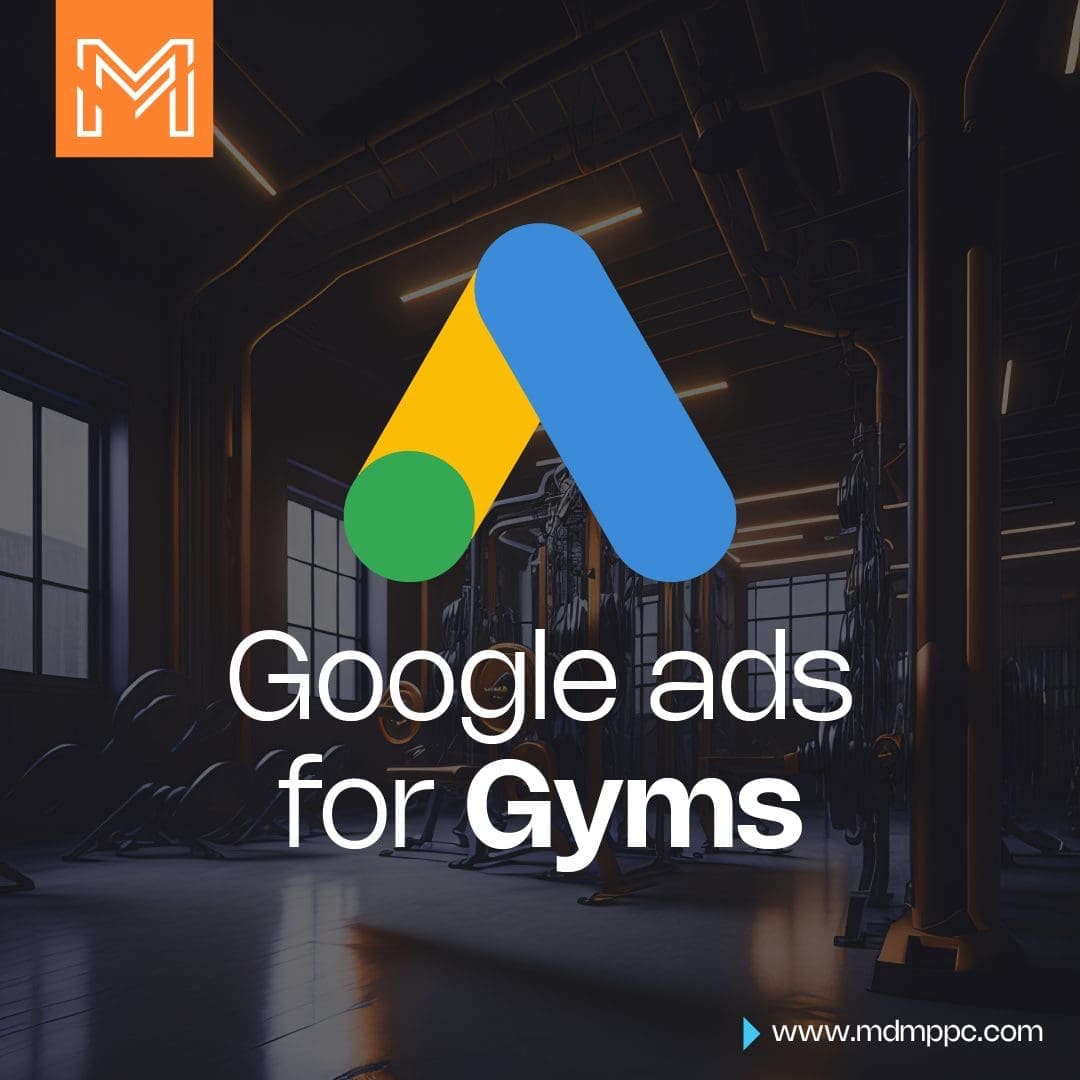You create a child with months, if not years of hard work. You come up with an idea, find ways to execute it, find the right designers and creators, and make sure that there is not one stone left unturned in making the app a success.
But once you launch the app comes the hard part where you have to market it.
If you want people to find your app amongst the 1000s of app submissions to the App Store made daily, then creating a successful Google Ads campaign can help you significantly.
In this blog, you will know everything about efficient Google Adwords management there is to know.
How Does a Google Ads App Campaign Work?
With a Google Ads app campaign, software developers can automatically run ads to boost mobile app installations and conversions within the app for Android as well as iOS users. These ads are qualified to show up in Google’s properties such as:
- Google Search Network
- Google Display Network
- The Google Play Store
- YouTube
- Discover on Google Search
- AdMob
- Google’s search partners
- Other publishers that host app ads
Google Ads will help you automatically create ads based on the content you provide. It also manages your bidding and targeting automatically to achieve the best campaign results, as per the conversion goal set by you.
Therefore, regardless of your aim to increase the number of installations by new users or stimulate more in-app purchases from current users, Google Ads can assist you in achieving this through AI and machine learning.
You will still need to manually set other aspects of the campaign, including:
- Daily budgets
- Ad group structure
- Campaign start dates
- Target locations
- Target cost-per-install (CPI) or cost-per-action (CPA)
We have covered various topics in our previous blogs which you can read that talk about Google Ads for SaaS.
Types of Google Ads App Campaigns
You can choose from one of the three campaign types for selection depending on the aim of your campaign: app installs, app engagement, and app pre-registration. Each subtype will concentrate on distinct actions and bid strategies.
App install
If you are looking to incentivise your audience to install your app then this is the best type of ad for you. Google Ads will automatically handle targeting and bidding with the help of machine learning, assisting you in achieving this objective and acquiring downloads at the most favorable cost.
App engagement
The target of this campaign type is to reconnect with users who have previously installed your app. It also includes motivating them to carry out certain actions within the app, like making purchases.
App pre-registration (not available for iOS)
You may organize a pre-registration app campaign to gather interest, create anticipation, and start a first group of users before your app or game becomes available in Google Play.
This can also help you understand how much people are interested in it, and if there’s a market for the app you’re creating.
Some big benefits of operating a Google Ads app campaign are getting connected with a huge audience and being able to aim at the correct users.
Picking the correct campaign type helps enhance your chances to arrive at the desired audience and get a bit nearer to achieving goals.
How to Set up Google Ads app campaigns
Now that you know about all of the types of Google Ad campaigns, let us now begin to set up Google Ads app campaigns.
Follow these steps below to start setting up your Google Ads app campaign:
- In your Google Ads account, click the Campaigns icon.
- Click the Campaigns drop-down in the section menu and select Campaigns.
- Click the plus button, then select New Campaign.
- For your campaign goal, select App Promotion.
- Select the campaign subtype that best matches your goals.
- Choose which device type (iOS or Android) you want your ads to display.
- Type the name of your mobile app in the search area, and locate the app you intend to advertise with this campaign.
- Give a name to your campaign and add many ideas for a text that will be part of this campaign.
Pro tip: Every text you put in will be utilized by the campaign and automatically selected via Google’s algorithm. The ad text will be rotated frequently to discover which ads perform best, with texts that perform better displayed more often than others.
- Also, you may include more creatives such as videos, images, or HTML5 assets to serve as visuals for an interactive video advertisement.
- After including creative assets, move to set up the locations and languages you desire for your campaign’s focus.
- Set your campaign goal, budget, and bid amount.
- And, fix the date for the beginning and ending of your campaign. If you prefer that your campaign stay open without any specific end date, you can choose to not include a closing date as well.
That’s it. You are done setting up your campaign on Google Ads for App Installs.
We have covered this topic in more detail in our blogs that talk about Google ads for Dentists and Google ads for Therapists.
How to run a successful Google Ads Campaign for App Installs
A very important benefit of running app campaigns in Google Ads is the simplicity to set up and operating these campaigns. Once you have done the initial setup, nearly everything else happens automatically with little need for manual work.
Prior to running a campaign, you must manually establish the parameters of the campaign. After setting these, the algorithm will work within these limits to produce a fruitful campaign.
For the best chances of success, remember these guidelines and improvements when starting or running app campaigns.
1. Set up proper conversion tracking
Measuring your success is a crucial aspect of running a successful digital marketing campaign.
It assists in recognizing elements that are not effective and those which are performing well. This way, you can duplicate the high-performing factors across the campaign and include them in future versions.
By observing the pattern of application installations and activity in pre-registration, we can comprehend how our intended audience acts. This understanding will assist in locating and enticing fresh users.
There are four ways to set up conversion tracking for your app:
Google Play Store conversion data (for in-app conversion and app install campaigns)
Third-party analytics providers
Google Ads API for conversion tracking and remarketing
Google Analytics for Firebase
2. Choose the right goal based on your campaign objectives
The goal you choose for your campaign is very important because it defines the kind of users that Google will focus on, and this group will likely become most of your customer base.
Having said that, the main goal for each campaign can be chosen among two options: install volume and in-app actions. Install volume is used to optimize bids so you get the highest number of total installs at a target cost-per-install (CPI), while in-app actions are optimized for cost-per-action (CPA).
Install volume. If you want to focus on getting as many new users as possible for your app, this is the right campaign goal. On the other hand, If you prefer to boost involvement among customers who have already installed the app, select in-app actions as your campaign objective. This suits you well if you have a free app, yet depend on in-app purchases as your main income source.
No matter which campaign goal you select, Google suggests setting a budget that is sufficiently large so as to let its algorithm collect enough campaign data to enhance your performance objectives.
Regarding the install volume, it is suggested that you set a campaign budget that is 50 times your desired CPI. For in-app actions, one recommendation could be more than 10 times your target CPA or at least 100 conversions for both.
3. Diversify creative assets for each campaign
The Google Ads app campaign kitchen can be seen as a place where Google acts like the chef, and the creative assets are similar to ingredients.
In the role of a chef, Google’s power and intricate algorithms are like tools for making the finest dishes. These dishes are ads – both those shown in all campaigns together and individual ad groups.
However, even if the chef can change any ingredient and make it into a good dish, what comes out will still be determined by what they have in their pantry.
Likewise, the caliber of your ads will rely on the artistic resources you put into the campaign library – also known as your creative pantry.
For each campaign, you are allowed to upload the following:
- Up to 20 static images
- Up to 20 videos
- 10 text elements
- HTML5 assets (for responsive and interactive ads)
When you provide more assets to Google, it can better make high-performing ads for various platforms. This greatly enhances the chance of conversion.
4. Test out different bids to optimize your bidding strategy
Your aim for CPA or CPI is very important in your app campaign on Google Ads. How much you decide to put in a bid can greatly affect how well everything performs.
But, the goal values you have now might not give the desired outcomes. If it is set too low, then there’s a possibility that the algorithm doesn’t have enough range for testing out various stocks and thus you won’t receive any inventory on YouTube.
A target value that is quite high might help in achieving the expected outcomes. However, if you set it too high, the algorithm could interpret this as your readiness to acquire customers at a more costly rate. Your campaign might also receive a status of “budget limited”. So, you also wouldn’t be getting placements on YouTube.
Why is securing YouTube placements necessary?
You might not be receiving sufficient placements on Google Search due to the moderate number of searches for keywords related to your app. The Display Network could have good scalability if there’s plenty of inventory, but it may be challenging to attain profitability at a large scale.
When you open up YouTube placements, you gain the opportunity to tap into massive traffic. YouTube is known as one of the most competitive channels, so make sure your bid is set at a level that allows for placement but doesn’t result in loss of profit.
You will need to test out different bid levels to find the right balance.
5. Give the algorithm sufficient time to learn
The Google way of doing things needs data and understanding to improve your campaigns, therefore it is important to be patient.
Normally, this learning phase lasts for around one month (or even more in the case of in-application campaigns). In this period, it becomes knowledgeable about suitable users to focus on, ideal creative mixtures to employ and platforms that are most efficient for ad placements.
Do not change your ongoing campaigns like bids, budget, placements and creative assets until the second or third month if you want to see better outcomes.
Following this, you can proceed with making systematic adjustments to your campaigns in order to enhance their performance according to the targeted metrics and goals.
Alternatively, you can hire a Google Ads consultant.
Conclusion
We understand that achieving the number of app installs you want can become quite overwhelming. That’s why we are here to help you achieve that with ease.
If you can’t find the time to go through the whole process of setting up a Google Ads campaign for app installs, worry not, we are here.
Get a local digital marketing PPC agency to get the work done for you professionally!
FAQ
How do I track iOS installs in Google Ads?
You can track iOS downloads in Google Ads by clicking on selecting the iOS app and continuing.
Why are my Google Ads not showing on the app?
Low search volume is the main reason why Google Ads might not appear. Low search volume points to the fact that your chosen keywords do not receive enough active searches from people. This can occur because you have selected keywords that are too specific, long-tail, or niche-oriented which causes Google Ads to deactivate your ad for a short period of time.
How to track app installs in Google Ads?
Click in the conversions drop-down in the menu and click summary. Click on the +new conversion action button and select the app from the listed conversion types options. Select Google Play, then Installs. You will be able to track installs in Google Ads.





